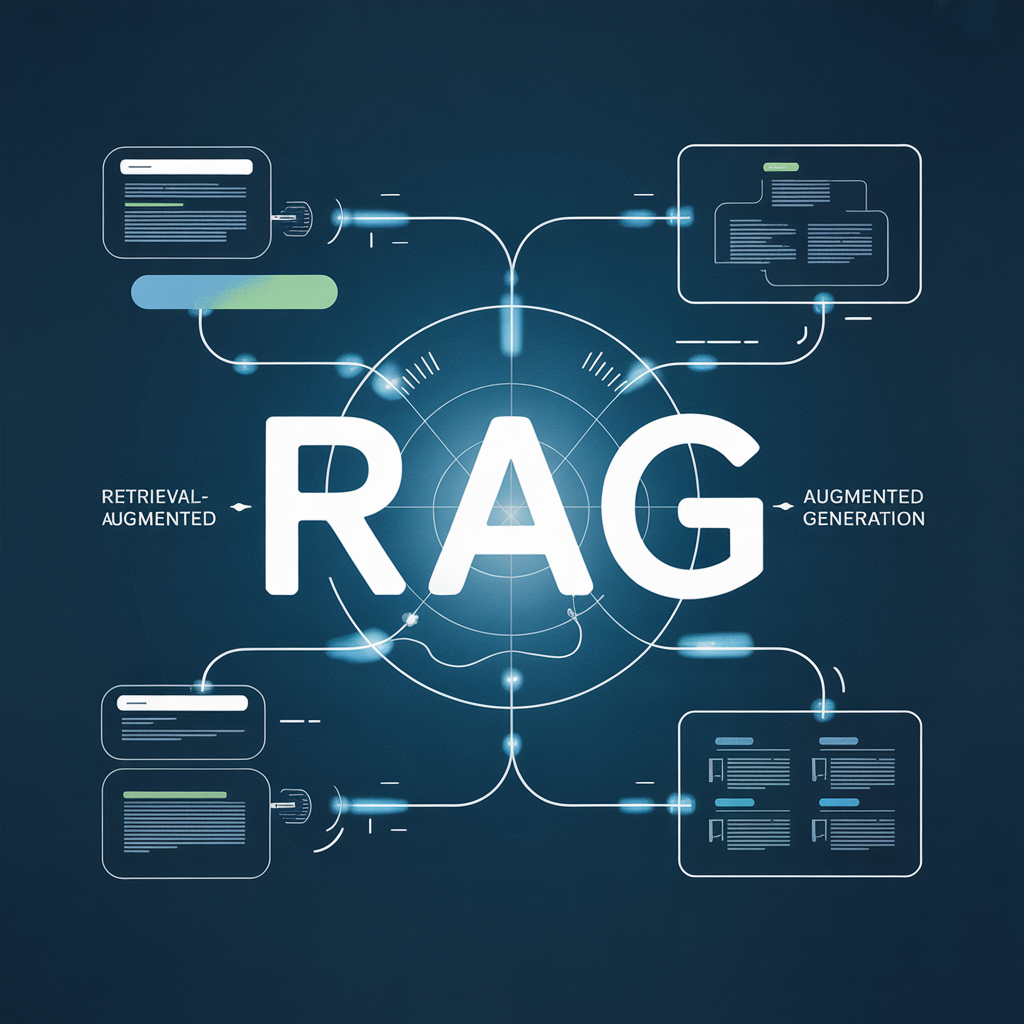Medium
1M
27

Image Credit: Medium
RAG Basics in 4 Minutes: From Retrieval to Generation
- RAG comprises two primary components: a retriever and a generator, aimed at retrieving and generating information, respectively.
- External memory sources like databases, conversations history, or internet data are utilized by the retriever to provide relevant information for the generator.
- RAG enhances the model's knowledge by accessing updated information, contributing to contextually relevant responses.
- The success of a RAG system heavily relies on the quality of its retriever, with sparse and dense retrievers being key types that handle data representation differently.
Read Full Article
1 Like
For uninterrupted reading, download the app